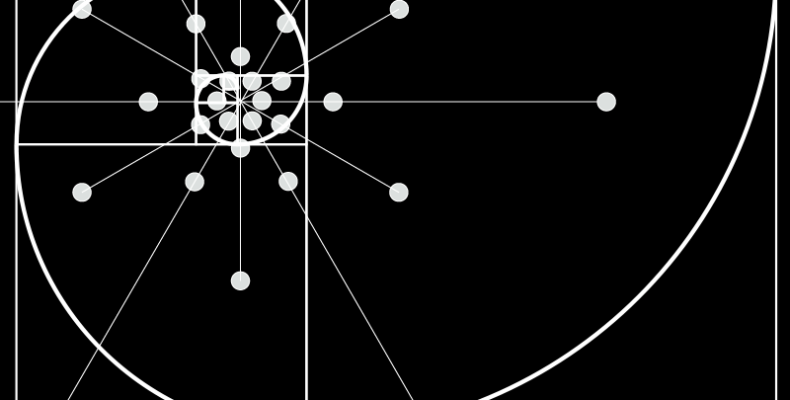People tend to think of creativity as a mysterious solo act, and they typically reduce products to a single idea: This is a movie about toys, or dinosaurs, or love, they’ll say. However, in filmmaking and many other kinds of complex product development, creativity involves a large number of people from different disciplines working effectively together to solve a great many problems. The initial idea for the movie—what people in the movie business call “the high concept”—is merely one step in a long, arduous process that takes four to five years.
How Pixar Fosters Collective Creativity. Harvard Business Review
Ed Catmull
The Creation Helix is one of our tools for developing a culture that supports creative output in a collaborative environment. The Helix is based on several frameworks including learnings from the culture taught at Disney animation during the years that produced the iconic films of the Millennial generation’s childhood, like The Little Mermaid, Aladdin, and Beauty and the Beast. At the time, Disney had a robust on-boarding process to acculturate new hires into the methodology. At Luman we have added additional layers to incorporate the Agile methodology, purpose, and Lean business concepts.
Creating culture requires diligence and care. A company culture easily adopts characteristics of the culture of the country, management teams’ past employers, and founders, even when those characteristics are maladaptive to continuous innovation. Because culture is ubiquitous, like the water to the fish, it is challenging to isolate and target aspects for change. The Creation Helix is an exceptional building block of culture of innovation because it is iconic and directs both personal and team actions in a variety of circumstances
THE HELIX
When we begin any creative process we have a vision of where we intend to end up and we have our starting point. The path between the two points is never a straight line, more of a series of explorations. You can even liken it to the series of passes that move a ball down a soccer pitch. We begin creating and find we have veered too much in one direction and then in the other.
If we take that image and look at it from above it looks like this
There are many important concepts embedded in the Helix. The three I will address today are “genius”, to forward, and the path of least resistance.
GENIUS
The hero-worship of the sole creator, the solitary genius, or the self made man is in opposition to a collaborative culture. The Greeks believed that inspiration came from the muses and that humans were simply conduits. If innovation is the result of ideas from different fields pulled together, anyone swimming in the same soup could be the one who makes the connection. There are many instances of the same innovation or discovery occurring in different places at the same time, so many we have a term for it. The concept of multiple discovery is the hypothesis that most scientific discoveries and inventions are made independently and more or less simultaneously by multiple scientists and inventors, such as the 17th-century independent formulation of calculus by Isaac Newton, Gottfried Wilhelm Leibniz and others. When we adopt the Creation Helix as a foundation for culture, we agree that ideas can come from anyone and each idea has its own trajectory. Every creative project is an emergent story – the role of the team is to move the idea along. The team is loyal to the idea it has decided to bring into reality, not the ego who generated it, because it is understood that the idea could have come from anywhere on the team.
FORWARDING
The way the team moves the idea forward is to forward it. If you come to me with a work product and ask “Can you forward this?” I will ask, “Are you open?” This confirms that you are ready to have your work critiqued. My job is to provide feedback that can improve the work and your role is to receive the feedback and to not make it about you. When the team is focused on moving the idea forward, we are all in service to a higher goal and our individual egos take a back seat.
If culture will not allow creative work to be critiqued either because of the conflagration of the individual with his work, or lack of commitment to shared goals, it might be possible to get a great product out once, but it will be impossible to maintain continuous innovation.
PATH OF LEAST RESISTANCE
As we bring a product to market we are bound to hit a series of of rejections and critiques. We can think of this process as hitting the walls of the spiral. The message is unclear, the pricing is not right, the packaging needs to be tweaked. We have two choices: to look at these as a rejection of our core intention, or to look at the walls of the spiral as showing us the path of least resistance, the path of yes. Your team may already be using elements of the Creation Helix. Some ways you may have a head start on implementing a culture of innovation
- Idea boxes: some way for people to suggest ideas
- Innovation challenges that allow commenting and group refinement of a concept
- High functioning creative teams that work well together
- Effective collaboration across departments
Where you might be missing some key pieces
- A culture where people consistently avoid getting or giving feedback
- Creatives who fail to incorporate feedback
- A culture of creating in isolation and only showing fully finished product
- Rewarding the person who first voiced an idea over the team who executed
Find out more about using the Creation Helix to create cultures of creativity and innovation at my webinar:
www.zoom.us room 332-922-3825
Thursday, October 15, 2015 11:00 AM 12:00 PM





